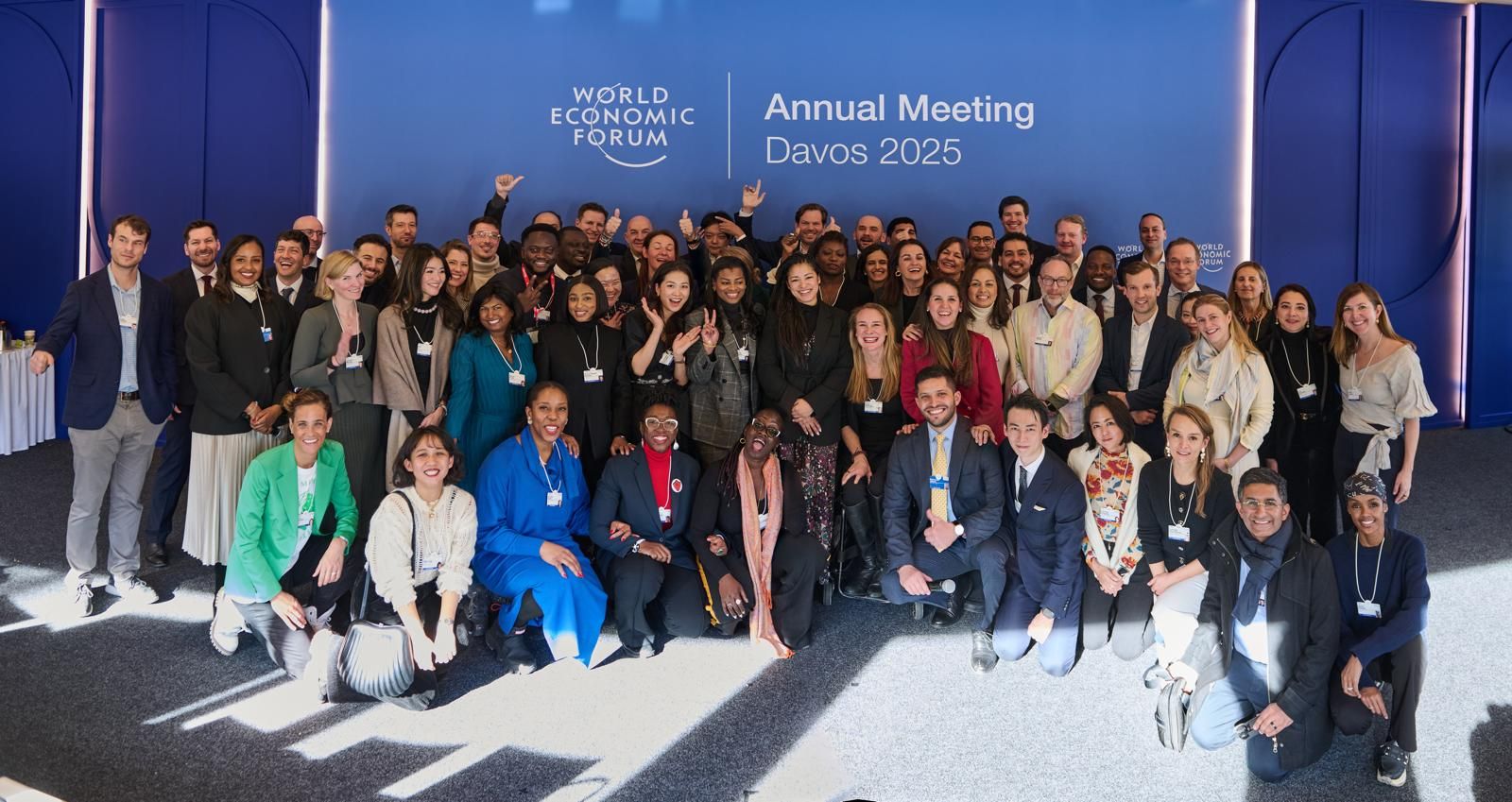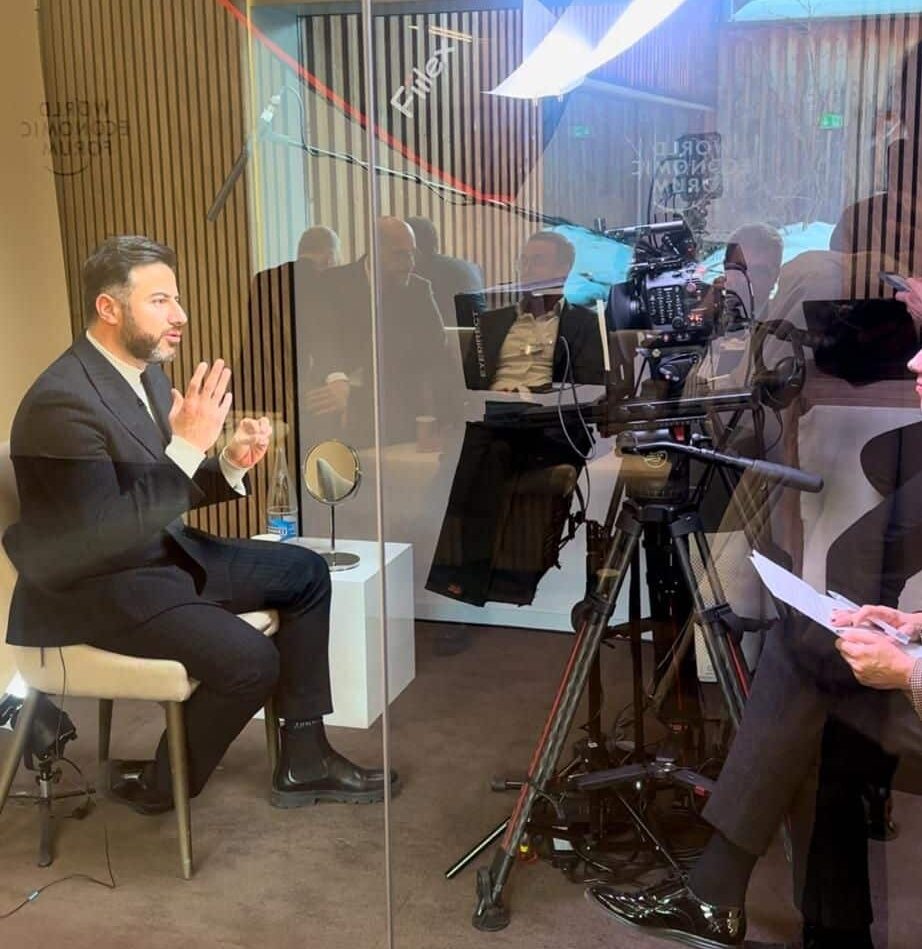This article was originally published on weforum.org
- The war in Ukraine has severely damaged water infrastructure, leading to the risk of contaminated water supplies and ecological collapse.
- Global partnerships, such as the Netherlands Water Partnership’s Ukraine Water Public Private Partnership, can help rebuild Ukraine’s water sector.
- Ukraine’s water crisis underscores the broader impact of climate instability, poor infrastructure and over-extraction on water security.
In Ukraine, water is a necessity and a growing threat. Since Russia’s 2022 invasion, the destruction of sewage systems, collapsed water supply channels and a surge of industrial contamination have debilitated the country’s infrastructure.
Damage to its water and irrigation sectors now totals an estimated $716.8 million – a crisis that transcends financial loss to impact the very survival of communities reliant on clean water.
Recent data from LG Sonic’s water quality report on the region, Troubled Waters: The Alarming Decline of Water Quality in Ukraine’s Dnieper Reservoirs, underscores the severity of the situation.
Risk of ecological collapse
By comparing levels of chlorophyll a and phycocyanin – two direct indicators of aquatic health – in the five reservoirs comprising the Dnieper Reservoir Cascade, the report revealed alarming trends.
Between 2021 and 2023, LG Sonic observed significant fluctuations in chlorophyll concentrations across the various waterbodies and revealed phycocyanin levels to consistently surpass the World Health Organization standard of 30 microgrammes/litre during the same period.
These surges in algal activity stress the need for proactive action toward restoring and safeguarding Ukraine’s freshwater ecosystems, as persistent algal blooms signal declining water quality, increased toxicity risks and the potential for long-term ecological collapse if left unaddressed.
Ukraine’s crisis is not an anomaly – it is a warning. Across the world, poor water infrastructure, climate instability and over-extraction of groundwater have left 4 billion people facing severe water stress annually.
Safeguarding water security
Within this reality, we observe one of the most significant global challenges of our time: how do we safeguard water security?
The future presents three paths forward.
- We maintain the status quo, patching leaks in underfunded critical infrastructure and prioritizing short-term economic gain rather than investing in long-term solutions – an option that leaves millions vulnerable to worsening water shortages.
- We double down on high-tech solutions such as desalination, already a lifeline for water-scarce nations, but one that remains energy-intensive and inaccessible to countries that cannot front the necessary capital.
- We solidify a solution that centres on international collaboration and a firm climate-forward mindset.
The third path presents the most promise.
Looking to the Netherlands for guidance
The Netherlands Water Partnership lays out a blueprint for us to follow. It’s the largest water network in the Netherlands, focusing on cross-national, public-private cooperation to solve global water issues.
In 2023, it launched the Ukraine Water Public Private Partnership (UWP3) to evaluate, analyze and address the issue of rebuilding Ukraine’s water sector via resource-sharing and strategic project partnerships.
One of the first assessments into Ukraine’s water quality came from LG Sonic, a member of the initiative. The findings from the Troubled Waters report signal growing environmental stress in the country’s main freshwater resources and demand coordinated global intervention.
This is where initiatives like UWP3 play a crucial role. By combining international expertise, advanced water-monitoring technology – such as LG Sonic’s vertical profiling – and resource-sharing, UWP3 lays the groundwork for sustainable water management in Ukraine.
The Netherlands Water Partnership, through its global water programmes, has already facilitated large-scale water restoration efforts in other crisis-affected regions, such as Bangladesh, Egypt and Mozambique.
Applying this model to Ukraine’s water sector is not just a matter of national recovery – it’s an opportunity to set a new global standard for post-conflict water security and resilience.
Our response to Ukraine’s crisis will set a precedent for how the world navigates water security in future conflicts and climate disasters.— Yousef Yousef, CEO, LG Sonic
In support of international collaboration
The model works because it is centred on the core idea that water quality affects all of us – its protection requires a response as interconnected as the watersheds themselves.
As Ukraine’s crisis demonstrates, water insecurity is often the first and most devastating casualty of conflict and climate change. The question is not whether the world should respond, but whether we will respond in time to prevent irreversible damage.
We must form our conversations and shape our solutions in line with the themes of “rebuilding trust” and “safeguarding the planet.” This is about more than infrastructure. It is about trust – in institutions, multilateral partnerships and our collective ability to solve global challenges.
Our response to Ukraine’s crisis will set a precedent for how the world navigates water security in future conflicts and climate disasters. So, the choice is clear: act now or pay later – with human lives, ecosystems and economic stability at stake.
Simply put, our water can’t wait – and neither can we.

